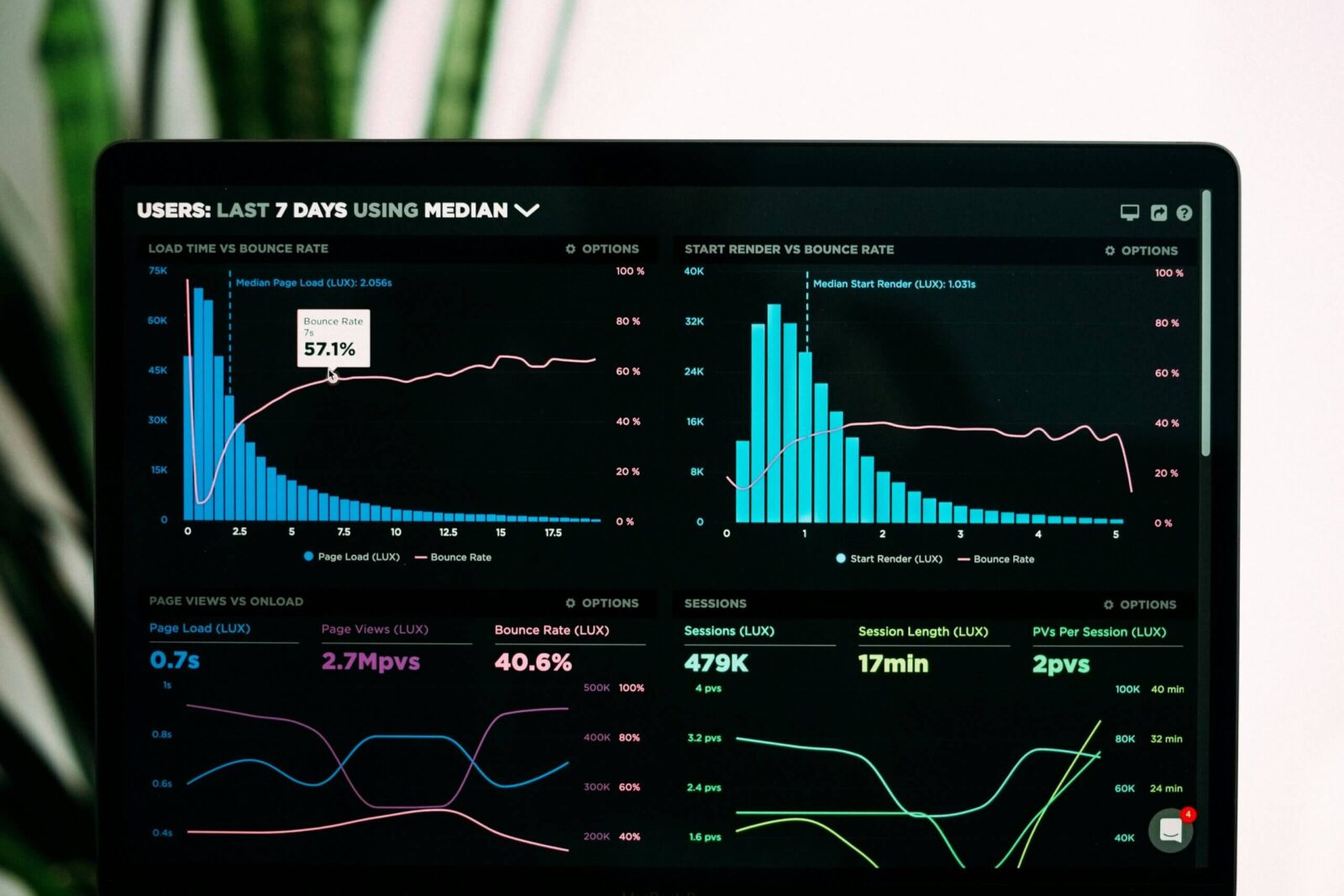
Revolutionizing User Experiences: Creed’s Data-Driven UX Approach

In the ever-evolving digital landscape, the importance of user experience (UX) can’t be overstated. As a leading technology and design-focused digital agency, we believe in a people-first approach. We understand that at the heart of every great digital solution lies a deep understanding of the people who use it. This blog post delves into the critical role of data-driven UX in shaping the future of user and customer experiences, highlighting how a blend of ingenuity, dedication, and mutual respect for users is pivotal in this journey.
Understanding Data-Driven UX
In the realm of UX design, the shift towards a data-driven approach marks a significant evolution. Unlike methods that rely on intuition and generalized best practices, data-driven UX hinges on the utilization of real, actionable data to inform design decisions. This approach enables designers to tailor experiences that resonate more deeply with users, and there is certainly a difference between good and great UX (see this post for more).
By analyzing user interactions, feedback, and behavior patterns, data-driven UX offers an empirical basis for design choices, reducing guesswork and enhancing user satisfaction. At Creed, we harness this powerful approach to ensure our designs are not only aesthetically pleasing but also deeply rooted in an understanding of user needs and preferences (see also our blog about The Link Between User Experience and Customer Trust).
The Role of Data in Crafting User Experiences
Data is the cornerstone of modern UX design. It encompasses various forms, from quantitative data like user engagement metrics and conversion rates to qualitative data like user feedback and survey responses. At Creed, we leverage this diverse data spectrum to gain comprehensive insights into user behavior and preferences. For instance, by analyzing website traffic and observing interaction patterns, we can identify user pain points and areas for improvement. This data-driven approach allows us to craft user experiences that are functional, highly personalized, and engaging.
Looking towards the future, data-driven UX is poised to become even more sophisticated with the integration of AI and machine learning. These technologies can analyze huge sets of user behavior data, offering new opportunities to anticipate trends and proactively adapt design. We are at the forefront of this innovation, utilizing cutting-edge tools to anticipate user needs and deliver dynamic, contextually relevant experiences. By continuously analyzing and adapting to new data, we ensure that our designs remain relevant and effective in an ever-changing digital landscape.
While the insights gained in data analysis are invaluable, it’s the synergy of data analysis and creativity that truly elevates UX design. We believe that data informs design but doesn’t constrain it. Our team of designers and analysts work collaboratively, drawing insights from the interpretation of data to guide creative decisions without stifling innovation and originality. This balance ensures that our designs are not only data-driven but also fresh, unique, and engaging, reflecting the ingenuity that is a hallmark of our agency (see also our blog post Why UX Research is an Essential Aspect of Digital Product Creation).
The Ethical Considerations and Business Impact of Data-Driven UX
In our data-driven endeavors, we prioritize ethical considerations. With increasing concerns about privacy and data security, it’s crucial to handle user data responsibly. We adhere to stringent data protection standards and prioritize transparency with our users. Our design processes involve ethical data collection and usage, ensuring that user trust is never compromised. This ethical approach solidifies the trust between us and our users, which is fundamental in building lasting relationships.
Are you ready to revolutionize your user experience with data-driven design?
Contact us today to learn how our expertise in technology and design can elevate your digital presence. Let’s create innovative, data-driven solutions that put people first. Join us in shaping the future of UX – together.